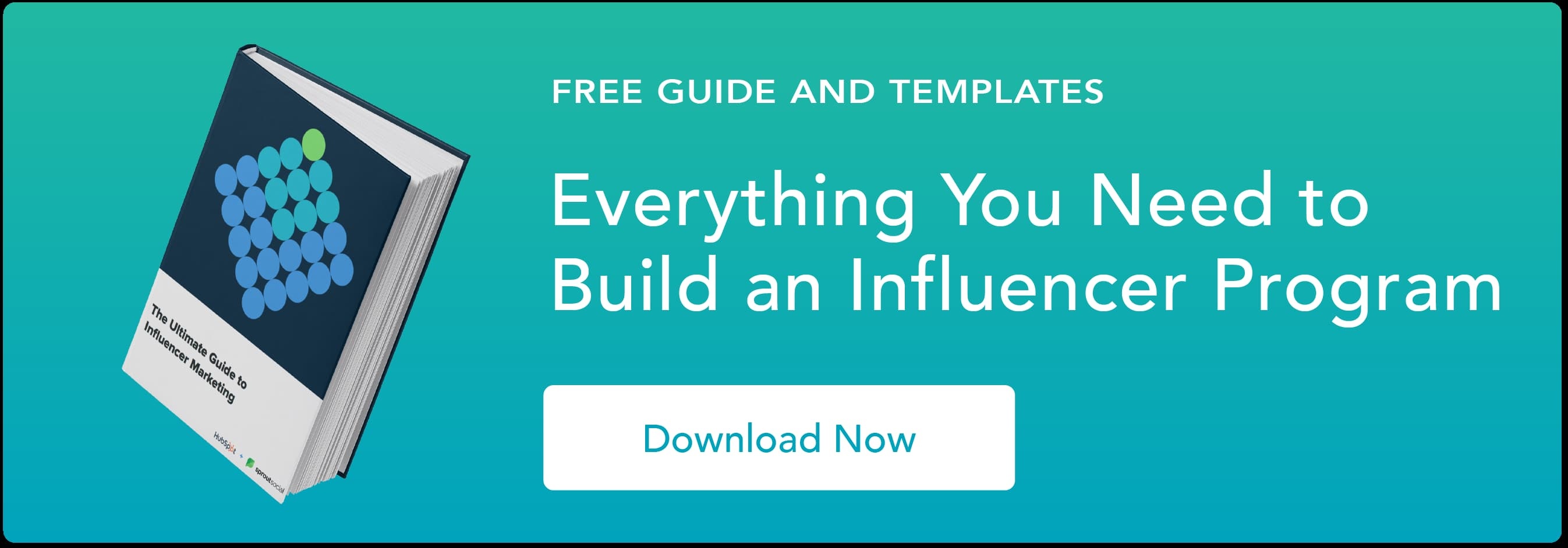It’s getting difficult for marketers to ignore the popularity and influence of TikTok. Brands on TikTok are reaching younger audiences, increasing brand awareness, and going viral — all by leveraging the power of short-form video.
Of course, it also helps that TikTok has over 1 billion active users and a fantastic engagement rate — far exceeding any other social platform today.
![Free Ebook: The Marketer's Guide to TikTok for Business [Download Now]](https://i4lead.com/wp-content/uploads/2023/05/2c7242e4-ad54-4f63-8627-a15aa6a2ea50.png)
In this post, we’ll discuss why you should leverage TikTok marketing in 2023 and how smaller companies can build a scalable, fun, and creative strategy on the platform. We’ll also cover eleven brands that have gone viral on TikTok.
Table of Contents
What is TikTok Marketing?
Why Brands Should Leverage TikTok Marketing in 2023
27 TikTok Brands That are Winning at Marketing
TikTok Brands With The Most Followers
TikTok Brands With The Highest Engagement
Most Creative Brands on TikTok
TikTok Marketing Tips
What is TikTok Marketing?
Although TikTok might feel like a hub of strange posts, its popularity and video-driven content provide a variety of unique marketing opportunities.
Marketers can leverage TikTok in three main areas:
1. Influencer Marketing
A great way to leverage TikTok is by engaging with the influencer community. Because influencers have a solid understanding of the platform, they can transform stiff brand messages into fun and creative videos.
This type of marketing is particularly effective at opening your content to a new audience and boosting brand awareness.
2. Original Content
Although fans of TikTok love original content, you don’t need to spend hours coming up with the next viral trend. Often, the best performing TikToks are ones that replicate or recreate a current trend.
Start by exploring the app, its trends, and where your brand can join the fun.
3. Paid Ads
TikTok ads are a relatively new addition to the platform. Powered by their own advertising platform, TikTok For Business, brands can run in-feed ads or create branded hashtags and video effects.
Although many of the first brands to join TikTok were large, well-known companies, it can still be helpful for small businesses to look at why brands of all sizes are joining the platform.
Why Brands Should Leverage TikTok Marketing in 2023
Short-form video is dominating the social media landscape — and TikTok is the leading platform for it.
It’s no surprise that more than half of marketers (53%) who use TikTok plan to increase their investment in 2023, which is one of the highest jumps of any platform.
While TikTok is relatively new compared to other social giants like YouTube and Instagram, it’s seeing stellar growth year-over-year.
TikTok reached 1.6 billion users worldwide by the end of 2022, and it is expected to grow to 1.8 billion by the end of 2023.
Its viral nature also deserves a shout out. Unlike other social platforms, even accounts with a handful of followers can spark millions of views on a great video.
However, some accounts may experience a decline in views and engagement for their TikTok videos, which could be due to a shadow ban on their account.
If you think TikTok is only for the Gen-Z crowd, think again. While over half of Gen-Z consumers are on TikTok, it’s picking up steam with other age groups.
In 2021, 36% of TikTok users were between 35 and 54 years old, a 10% increase from the year before.
That said, since TikTok is quirky by nature, brands need to get creative to gain their audience’s attention. In other words, a simple ad or sponsored influencer endorsement might not cut it on this fast-paced app.
Let’s look at eleven brands who nail TikTok marketing with creative content that draws attention.
To help you understand why these brands are so successful on TikTok, we categorized them by most followers, most engaging, and most creative.
TikTok Brands with The Most Followers
The following brands are among those with the most followers and when you learn more about their content, you’ll see why.
1. WWE
With more than 23 million followers, World Wrestling Entertainment, Inc. (WWE) is one of the most followed brands on TikTok. As expected, WWE’s TikTok features mostly highlights from fights.
However, it also shakes things up by posting funny moments between wrestlers and fans. For example, the video below shows Rhea Ripley playfully “scaring” a young fan who couldn’t contain his excitement.
Followers are also treated to fun, wholesom content of their favorite wrestlers taking part in TikTok trends or sharing their experiences behind the scenes. The video below shows wrestlers reacting to unexpectedly receiving candy.
What We Like:
WWE’s TiKTok showcases variety. Fans are treated to highlights from matches, behind-the-scenes exclusives, and wrestlers letting the guard down to partake in trends.
Furthermore, the company also has its own unique brand sprinkled in many of its videos. Almost every TikTok featuring highlights includes a voiceover that says “She ___” or “He ___” See the example below.
2. Overtime
Overtime is a software company providing sports streaming services. The brand has about 24.5 million followers on TikTok and creates original sports content for the platform.
Its content includes sports commentary, highlights, viral reposts. The viral reposts are part of what makes the account interesting.
While Overtime mainly focuses on sports, the brand doesn’t miss out on opportunities to generate more engagement by featuring content that is entertaining, regardless of the topic.
For example, the video below features a man showing off a “jumpy” tattoo he named Jerry.
What We Like: While it may seem odd to include third-party content that isn’t focused on your brand or industry, it can actually generate engagement and boost follower counts if done correctly.
If you decide to boost content from other creators or parties, make sure to get permission and give credit.
3. ESPN
ESPN has 36 million followers on TikTok and shares a variety of sports related content.
What We Like: ESPN posts TikTok videos multiple times a day, making it easy for popular videos to get buried in its grid. To combat this, ESPN uses TikTok’s playlist feature and created a playlist of their highest-performing videos.
Brands should consider using the playlist feature to make its page easier to navigate and to keep popular videos at the top of the grid.
4. The NBA
Unlike its Instagram channel, which focuses purely on basketball games and highlights, the NBA’s TikTok posts show a lighter side of the organization.
For example, they’ll often post videos of players working out to music, dancing on the court, or answering fan questions.
In this video, Steph Curry of the Golden State Warriors busts a move from the sidelines after his teammate scores:
And check out this funny montage of Chris Bosh photo-bombing his teammates (including LeBron James) throughout his career:
Making your brand feel more personal can have a great effect on TikTok. For example, if your restaurant’s TikTok account posts funny videos of waiters dancing, viewers might think the restaurant has pleasant and happy staff.
This might make them want to eat there because they can picture themselves having a fun dining experience.
What we like:
While you might expect the NBA to focus more seriously on stats and games, it uses the app to lighten up the branding and make its athletes look more relatable.
While the videos still promote basketball, they also fit with other funny posts on TikTok feeds.
5. Netflix
Netflix’s TikTok has 34 million followers, and it’s easy to see why. The account posts trailers for upcoming projects and the most compelling and hilarious clips from its current series.
What We Like:
Sharing clips of upcoming projects or montages of fans’ favorite moments from a series is a great way for Netflix to generate buzz for its shows and films. However, what really makes the brand stand out on TikTok are its more creative videos.
Take the video below as an example. To promote one its latest rom-coms, A Tourist Guide to Love, Netflix posted a video called “5 Things I Got My Co-Star to do in Vietnam.”
The film was shot in Vietnam, and the video uploaded to TikTok shows its leading man, Scotty Ly, hanging out with co-star Rachel Leigh Cook as the duo tries different activities around the country.
A takeaway for brands should be to find creative and innovative ways to promote a product or service. Ask yourself, what makes your product special and how can you capitalize on that?
TikTok Brands with the Highest Engagement
The following brands are excellent at creating TikTok posts that generate engagement. Many of the videos posted by these brands get thousands, even millions, of likes and views.
6. Fenty Beauty
One of the most popular types of content on TikTok is tutorials. Some brands lend themselves to this more than others, but a great example is Fenty Beauty, which uses TikTok to show makeup tutorials, wear-tests, and product launches.
What we like:
Tutorial-based videos can fit a variety of brands. For example, a clothing store can show how to style certain pieces of clothing. A hardware store can show how to build, restore, or paint something using its tools.
Even a gym can offer a demonstration on how to use different equipment.
Start by brainstorming all the ways someone could use your products or services. If you can break a task into steps that last no more than 60 seconds, it may make for a great TikTok video tutorial.
7. Dunkin’
Dunkin’ was one of the first brands to employ influencer marketing on the platform by partnering with TikTok megastar Charli D’Amelio.
Together, they launched new menu items at Dunkin and collaborated on several videos.
After posting content about the partnership, Dunkin saw a 57% spike in app downloads and a 20% sales boost for all cold brew coffees.
However, if you believe you need to partner with a famous TikToker for it to work, think again.
When it comes to influencer marketing, relevance is more important than reach.
Rather than partnering with an influencer based solely on vanity metrics (such as follower count), look for micro-influencers who have a niche audience that aligns with your own.
Research shows that influencers with less than 1,000 followers receive more engagement than their more popular counterparts.
What we like:
This example highlights the power of influencer marketing on TikTok. By partnering with influencers, Dunkin’ benefits from word-of-mouth marketing while building social proof.
8. Chipotle
Since joining TikTok in 2018, Chipotle has set the standard for how brands can grow their brand presence while engaging the TikTok community in a fun and authentic way.
Chipotle opts for a more casual vibe, often posting dance challenges and fan-made content, such as videos of people sharing their favorite Chipotle recipes and hacks.
Chipotle also showcases behind-the-scenes footage from real crew members in real Chipotle kitchens. Check out this “vlog style” video of a former Chipotle employee revisiting her job and interviewing her coworkers:
What we like:
If you need a creative way to spread brand awareness quickly, taking a note from Chipotle and sharing personable behind-the-scenes footage might be a great experiment.
Also, lean into your brand advocates who may be willing to share their experiences on social media.
9. Gymshark
Gymshark is one of the leading fitness brands on TikTok, reaching 2 million followers in only six months.
Gymshark caters to fitness fanatics by posting workout challenges, inspirational health journeys, and relatable fitness humor that makes the gym feel less intimidating.
Here’s one of those relatable fitness videos:
One of the brand’s most notable TikTok campaigns was the 66 Days: Change Your Life challenge, which highlights the fact that it takes 66 days to form a habit.
TikTokers submitted videos of their own workout journey in hopes of winning a Gymshark membership.
The campaign was an overwhelming success, with the hashtag #gymshark66 generating 193 million views.
What we like:
Gymshark leverages the power of challenges. Challenges are one of the biggest trends on TikTok, and innovative brands are using them to fast-track their growth and connect with millions of users on the app.
Consider creating your own challenge or putting a unique spin on an already existing one.
10. The Washington Post
The Washington Post was one of TikTok’s earliest brand adopters. Those who haven’t seen their videos might be anticipating investigative or serious content.
Surprisingly, the newspaper actually uses its account to post comedic skits about the latest breaking news.
These videos fit in perfectly with the platform because they’re funny, timely, and embrace some of TikTok’s weirdest special effects.
Check out this skit about Delta Airlines’ PR department struggling to write a press release about the COVID-19 delta variant:
The Washington Post displays how brands can succeed on TikTok by talking directly to its specific audience — young viewers who want to laugh.
The Post’s comedic approach can also attract young readers who want to follow the news but used to worry that content from a newspaper would be too advanced or out of touch for them.
What we like:
Despite its reputation for “serious journalism,” the Washington Post did not shy away from TikTok.
If your brand is in publishing, academia, or similar industries, testing out a video strategy that shows off your lighter side could be an interesting experiment.
It might make your content and brand feel less intimidating and help you gain attention from newer audiences.
11. San Diego Zoo
Everyone loves a cute animal video. The San Diego Zoo’s TikTok account pleasantly takes advantage of this well-known fact.
The zoo’s strategy is simple: Post videos of cute animals with fun music. And with over 2 million fans, it seems to be working. How could anyone not want to follow them after seeing this video of an adorable red panda?
If that cuteness wasn’t enough, the zoo has also dueted with other animal-friendly accounts, like the Monterey Aquarium:
What we like:
This is a great example of how two similar brands can cross-promote using TikTok features. Because of the zoo’s tagging strategy, this video might be seen by fans of the aquarium and the zoo.
This way, zoo followers might gain more interest in the aquarium and vice versa.
12. Duolingo
TikTok is known for its quirky “unhinged” content, and Duolingo has effectively carved out a space in this landscape.
The brand continues to go viral for its funny, trendy, and often chaotic videos featuring its mascot, Duo the owl. Duo can be seen dancing to popular audio, adding sassy commentary to pop culture news, and jumping on the latest trends.
Duo’s antics have successfully humanized the brand and epitomizes their witty brand voice — which also comes in handy when responding to TikTok comments.
What we like:
Your brand voice shapes every interaction you have online — from the videos you create to how you respond to comments. Duolingo has molded a strong brand voice which it uses to tell memorable and entertaining stories.
13. Crocs
While the love-hate relationship with crocs is very real, it’s all love for the brand on TikTok. Its winning strategy includes original music, brand-specific hashtags (like #CrocTok), and colorful, entertaining content.
That said, Crocs really shines at poking fun of itself and the perceived “ugliness” of their shoes. They lean into this by posting outfit of the day (OOTD) videos and tutorials on how to style their shoes with accessories and a great sense of humor.
What we like:
No one likes a brand that takes itself too seriously. At the end of the day, your buyers are people — not robots with credit cards.
Humility and humor are two ingredients that can humanize your brand, cut through the noise, and build a connection with your audience.
14. Scrub Daddy
Scrub Daddy is a cleaning product company who somehow makes videos about a sponge entertaining. The company has over 3 million followers on TikTok and its videos frequently garner around 10,000 to 150,000 likes on the platform.
The key to the brand’s success on TikTok is humor and its knack for incorporating its products into different viral TikTok trends.
For example, there is a popular trends on TikTok where users incorporate a dancing John Cena into a background with a caption explaining why he’s dancing.
Scrub Daddy used the trend to share how happy the brand is when someone switches to their product.
What We Like:
Scrub Daddy keeps a consistent pulse on the latest TikTok trends and challenges, keeping their content relevant and fresh.
15. Heider Real Estate
Heider Real Estate showcases homes for sale in the DC, Maryland, and Virginia region. The company’s videos get thousands of views and include gorgeous edits the homes interiors and exteriors.
What We Like:
Heider Real Estate has a distinct style when it comes to its videos. While each home is unique, every video includes catchy, atmospheric music and a variety of wide shots, close ups, and speedy walkthroughs.
The biggest takeaway from this account is that brands should craft a unique style of video editing that is consistent in every post.
16. Squishmallows
Squishmallows ar brand of plush toys that have become very popular in the last few years. While its TikTok platform only has a little over 300,000 followers, many of its videos have gotten as many as 500,000 likes.
What We Like:
Like Scrub Daddy, Squishmallow finds success by using popular sounds, music, and trends that have traction on the app.
17. Teen Vogue
Teen Vogue’s TikTok content mostly consists of exclusive interviews and funny moments with stars from popular shows and films. Below is a quirky Teen Vogue interivew featuring the cast of Netflix’s Bridgerton.
What We Like:
While you may not be able to feature celebrities in your content, there is something else Teen Vogue does that you may be able to take inspiration from.
Teen Vogue often posts content that dives into social issues that are important to its viewers. This is important because TikTok is popular among the younger generation like Gen Z, which is known as the socially conscious generation.
If possible, you may want to find ways to create content that shows your brand deeply cares about the same issues as its target audience. This will help establish trust and retain interest.
18. GoPro
GoPro keeps it’s 2.6 million TikTok followers engaged by showing amazing action videos shot with the company’s signature cameras. The videos are short, show shots from creative angles, and are filmed by consumers doing incredible stunts.
What We Like:
GoPro shows their products in use during eye-catching moments such as skydiving, deep sea adventures, and more. If your product or service has a cool or unique feature, create TikToks that showcase that feature.
19. e.l.f.
e.l.f. Cosmetics’ TikTok, called elfyeah, features a mix of tutorials, comedic videos, and celebrity interviews all tied to its products.
What We Like:
Similar to ESPN, e.l.f. posts a lot of content daily. So, to make its TikTok easier to navigate, the brand sorts their videos into playlists. So if your brand posts a variety of content daily, make things easier for your followers by using TikTok’s playlist feature.
20. Levi’s
Some of the most popular content on Levi’s TikTok is its educational content. For example, the video below briefly shows how Levi’s jeans are “ripped” for aesthetic purposes.
What We Like:
Levi’s provides its 1.1. million TiKTok followers insight into its brand via education videos like the one below. Viewers love to learn, and your brand could also benefit from posting education content that relevant to your consumers.
21. Marvel
Marvel’s most popular content on its TikTok is typically behind-the-scenes video of the Marvel office or productions.
What We Like:
Marvel’s TikTok humanizes the brand by showing behind-scenes-footage of Marvel stars, directors, studio, and productions.
Most Creative Brands on TikTok
22. Planet Money
Planet Money is a podcast by the National Public Radio (NPR) with the tagline — “The economy explained.”
It’s hard to imagine a brand covering such a serious (and complex) topic on a platform that’s synonymous with silly, snackable content. But Planet Money manages to infuse educational videos with an entertaining spin.
From inflation to rent control, no topic is too challenging for Planet Money to chip away at in an innovative and humorous way. Don’t believe me?
Just take a look at this skit explaining how banks make billions from overdraft fees, which starts with a man trying to buy a burrito:
What we like:
If you feel your brand is too “serious” for TikTok, take a note from Planet Money and approach your brand — or your content — from a different angle.
You may find that adding a dash of humor is just what you need to skyrocket on the platform.
23. Taco Bell
Taco Bell finds creative ways to apply trending TikTok sounds and challenges to its brand. It also has a spokesperson who humanizes the brand by making funny skits.
What We Like: Absurd humor does well on TikTok because it appeals ot a younger generation of consumers. If you’re looking to attract younger consumers, take a page from Taco Bell and create content that is absurdly funny.
24. We’re Not Really Strangers
We’re Not Really Strangers is a TikTok promoting a card game that taps into players’ emotions. It’s TikTok gets creative by posting heartfelt messages and telling TikTok users to tag or sent the content to the purpose it reminds them of.
What We Like: We’re Not Really Strangers found a creative way to get viewers to share it’s content by posting relatable videos and urging viewers to share or tag someone.
25. Ryanair
Ryanair is an airline that really leans into comedy on TikTok, starting with its bio — “Catch flights, not feelings.”
Like many TikTok brands on this list, Ryanair’s humor stems from finding hilarious ways to incorporate trending sounds and memes into its content.
What We Like:
Ryanair keeps track of TikTok trends and creatively uses them to connect with its audience. If you’re running out of fresh ideas, surf through TikTok and see what sounds or hashtags are trending.
26. Crunchyroll
Crunchyroll is an anime streaming and distribution company, and its TikTok includes clips of popular anime and interviews with famous director and writers.
However, Crunchyroll’s most interesting content takes viewers behind-the-scenes of how popular series are animated. Take a look at the video below showing the animating process of Dr. Stone.
What We Like:
Crunchyroll gives an inside look into how its followers favorite shows are made. If you have a product or service that is popular among your consumers, create a video showing how it’s done.
27. NASCAR
NASCAR posts highlights from races but viewers seem to really enjoy when the racing franchise makes nods to its followers. For example, the below shows the company knows how the majority of its followers feel about a specific racer.
What We Like:
NASCAR acknowledges its followers, creating fun inside jokes and content that fosters community.
TikTok Marketing Tips
While it might be challenging to get your content to go viral like the bigger brands, TikTok could be a great tool for getting in sync with younger audiences.
If you think TikTok might be part of your marketing strategy soon or in the future, now would be a great time to get ahead of your competitors by downloading the app and investigating what similar brands or potential audiences are doing there.
If you’re raring to go on a TikTok strategy, here are a few tips and takeaways that we’ve gained from looking at the brands that have already done well on the app.
- Show a different side of your company. The app is a hub for creativity and humor. Embracing a more personal tone or a behind-the-scenes approach could make your company appear more relatable or trustworthy to potential customers.
- Don’t be afraid to experiment. Unlike platforms like Facebook and LinkedIn, there aren’t as many norms, best practices, or rules about what works and what doesn’t. If you think something might be interesting or funny, try it and see if it gets any likes, comments, or shares.
- Engage with your audience. Between challenges, duets, likes, comments, and shares, there are plenty of ways to engage with other TikTok users — even if you don’t know them. Try to come up with videos, challenges, or duets that aim to interact with others. As with other platforms, the more you engage with people, the more your fan base could grow.
- Don’t shy away from marketing your products, but make sure you do it in a creative way. Try your hand at tutorials, demonstrations, and how-to content that showcase the best parts of your products or services.
- Tap into the power of word-of-mouth marketing with influencers. But remember that relevance is more important than reach, so partner with niche micro-influencers who share a similar audience.
For brands, joining TikTok offers an opportunity to reach younger audiences and increase brand awareness in a highly playful environment.
But succeeding on the platform relies on creating exciting content — so prepare to put your creative hat on and experiment with new formats.
Editor’s note: This post was originally published in September 2019 and has been updated for comprehensiveness.
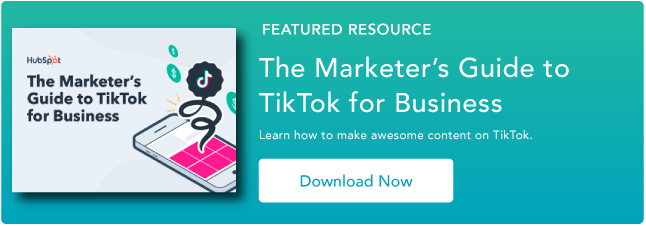

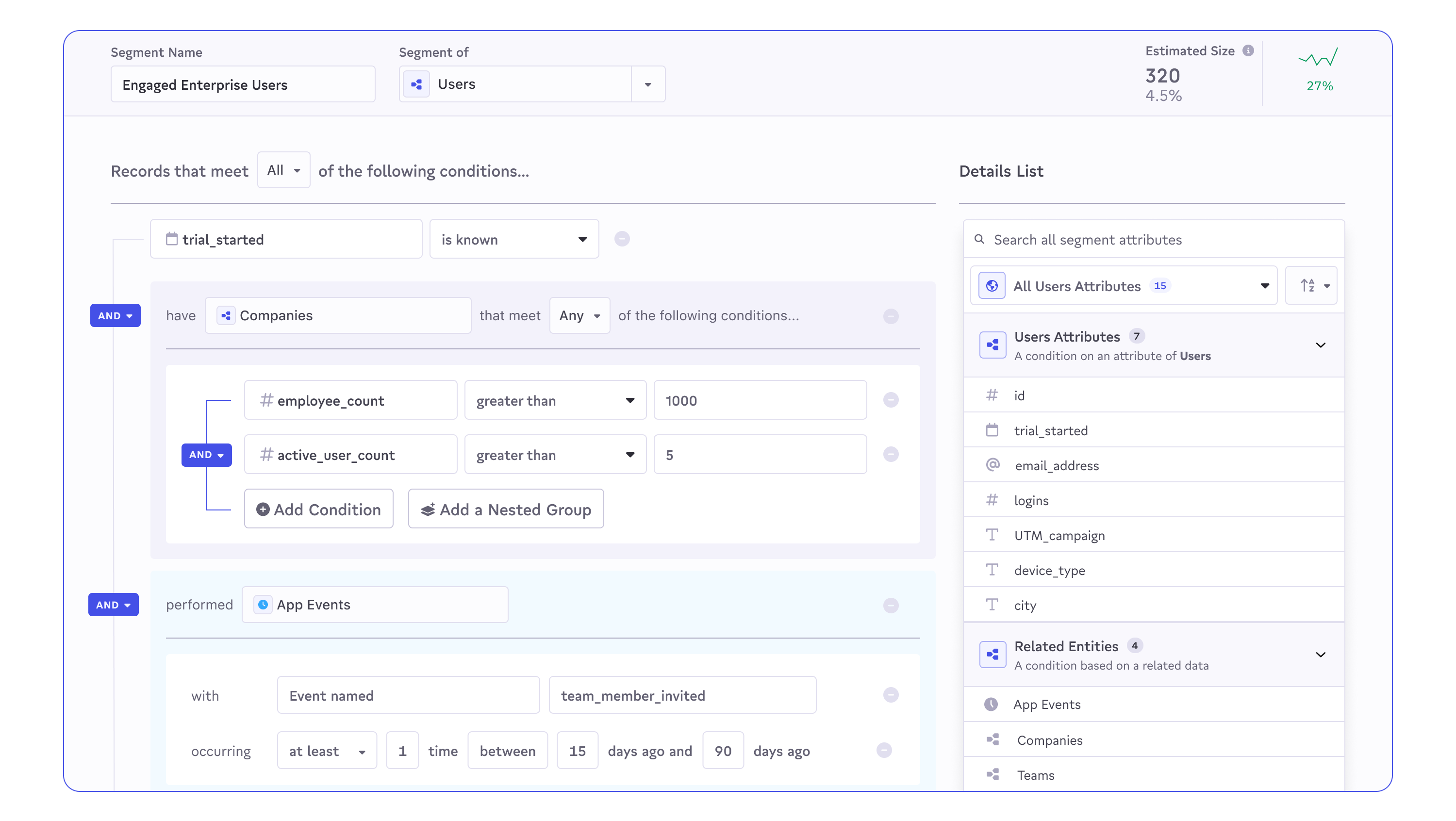
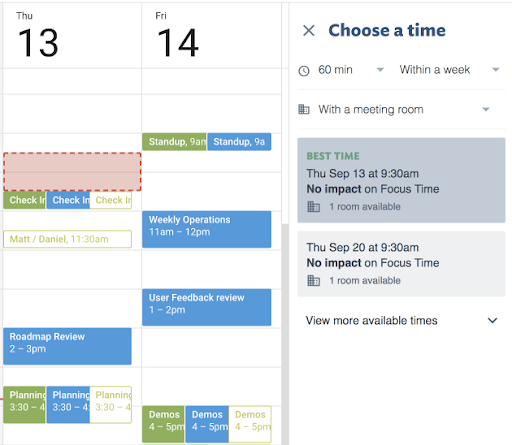
![]()


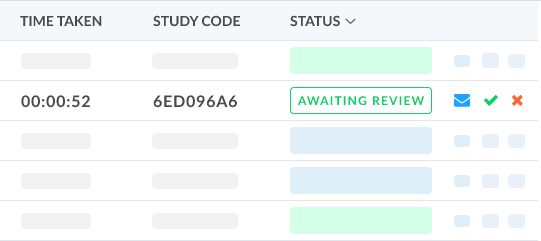




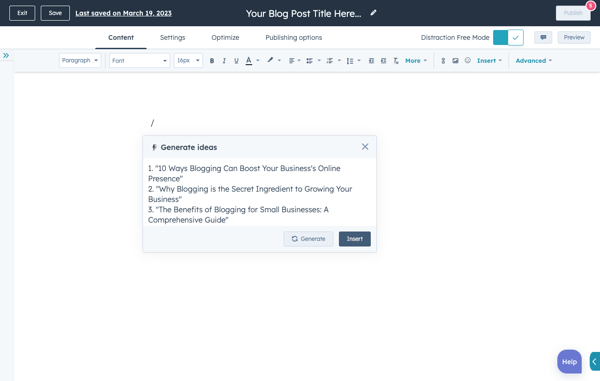
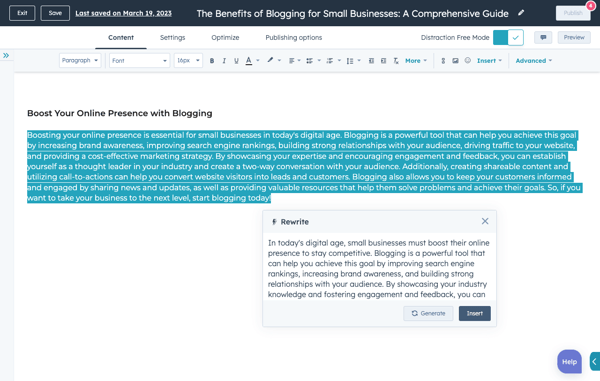


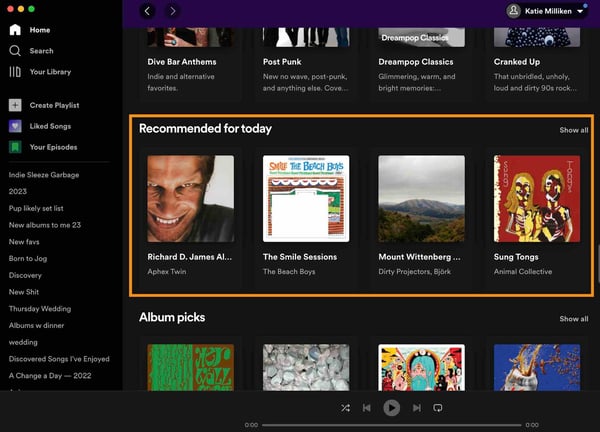

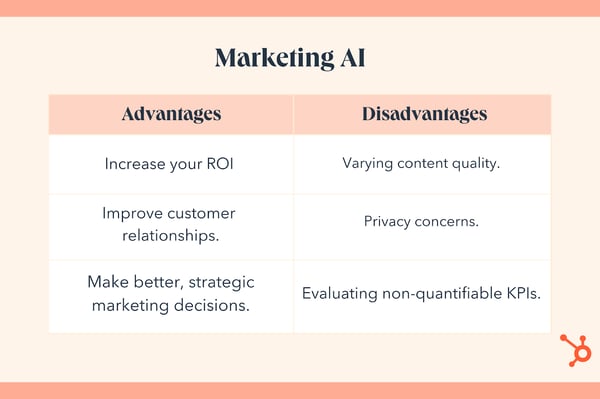

![→ Access Now: Google Sheets Templates [Free Kit]](https://i4lead.com/wp-content/uploads/2023/05/e7cd3f82-cab9-4017-b019-ee3fc550e0b5-4.png)
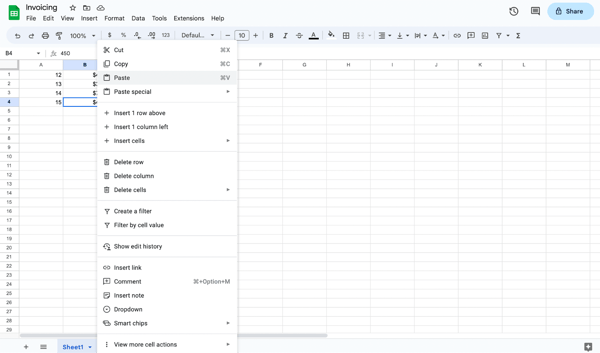
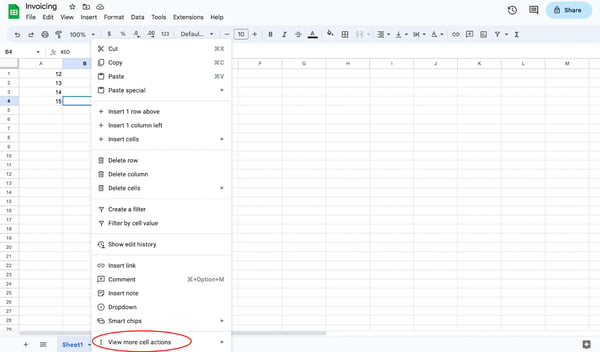
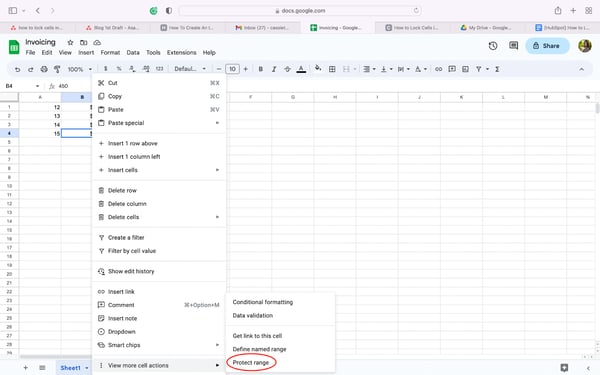
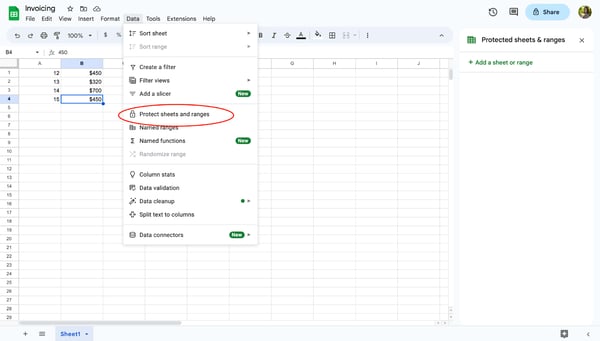
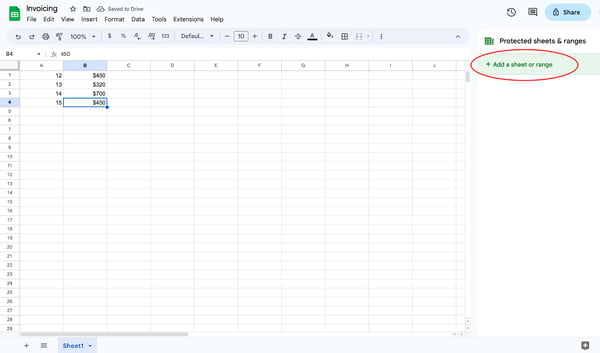
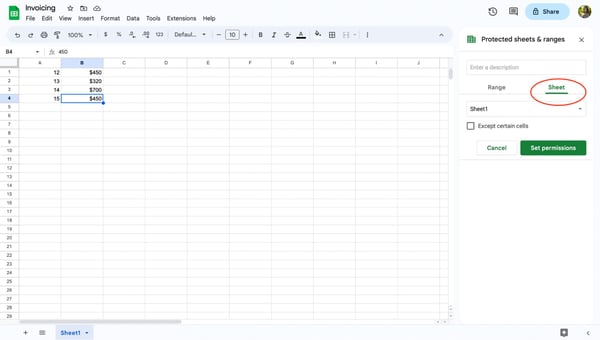
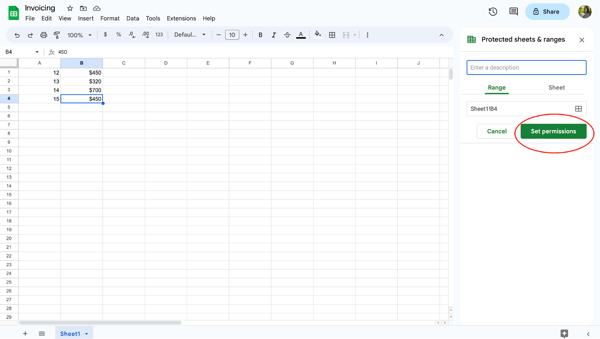
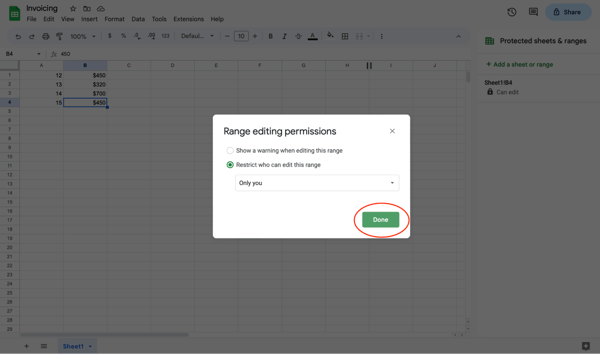

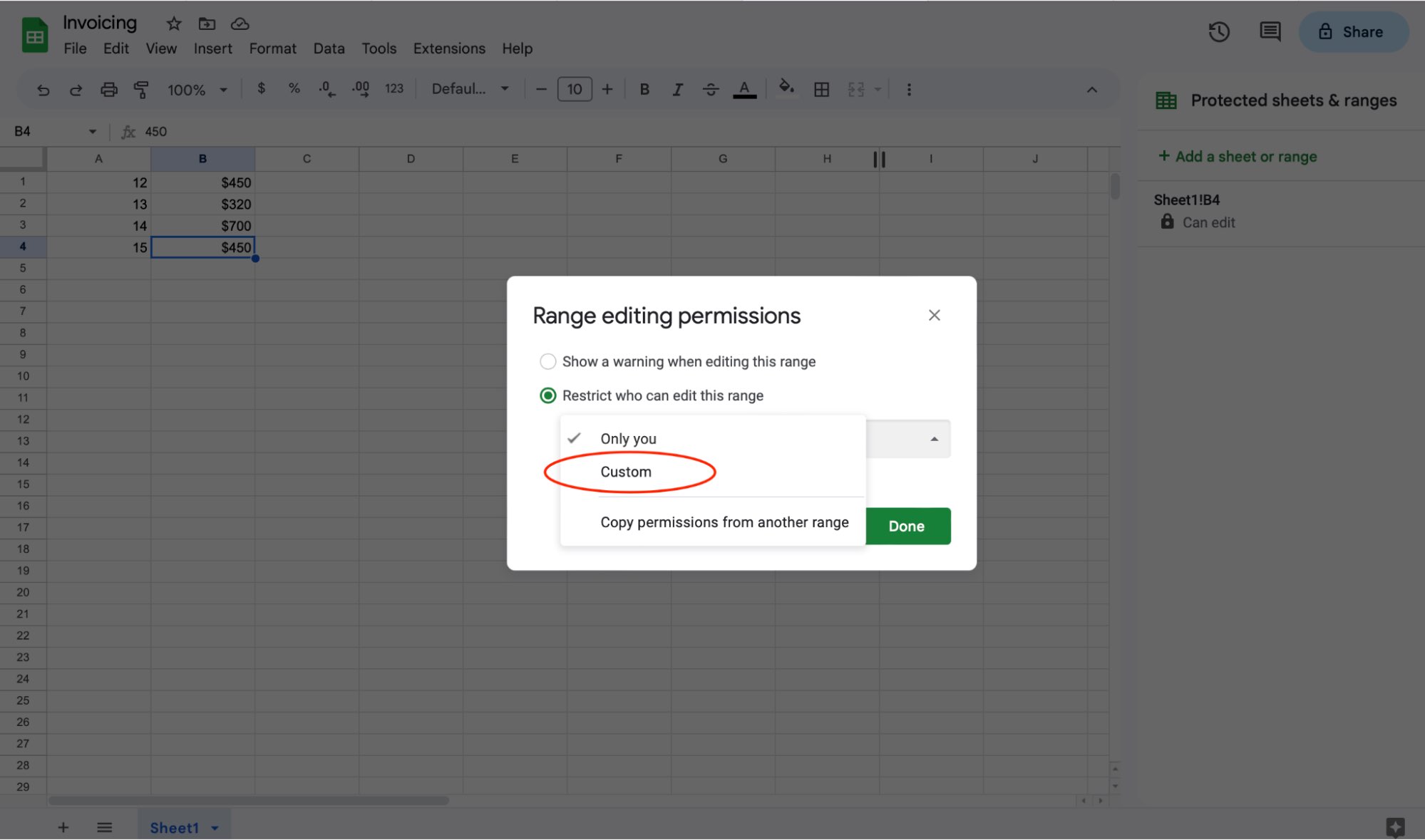
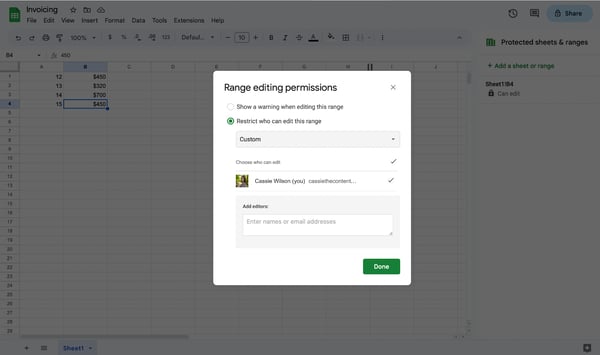
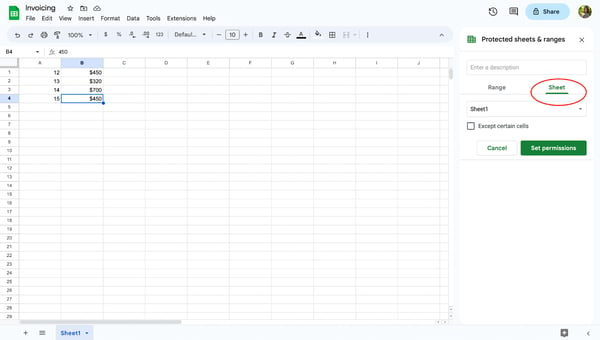
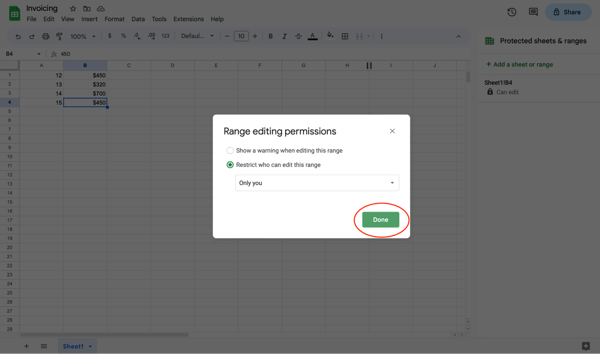

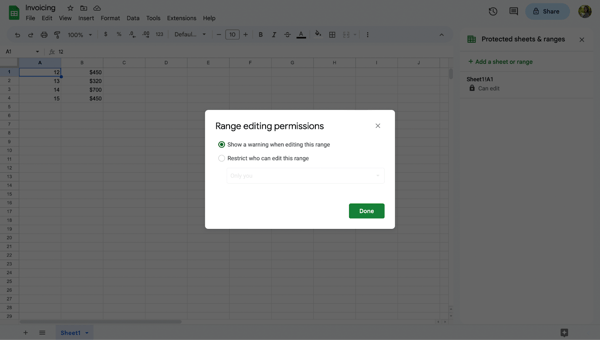
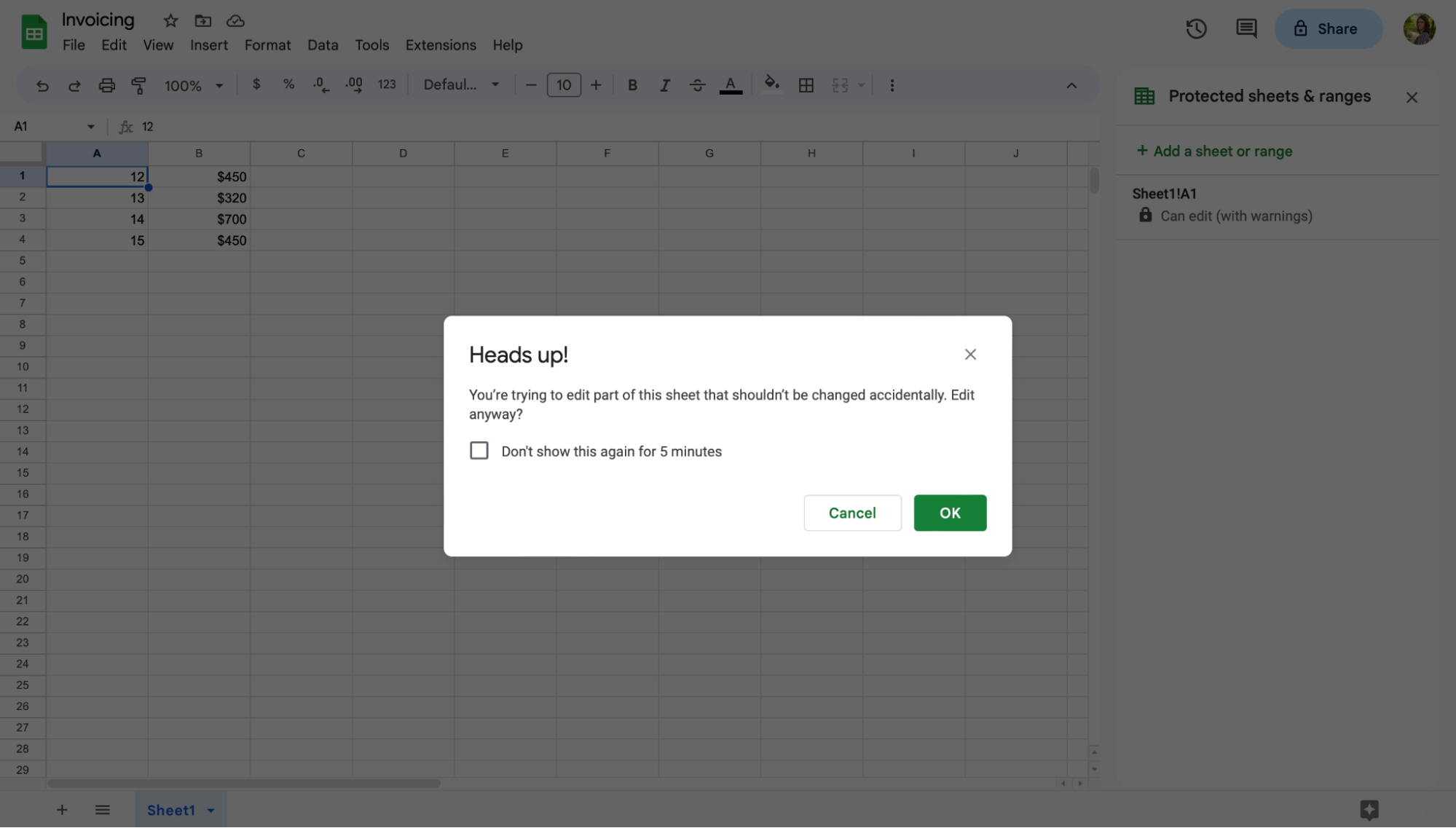
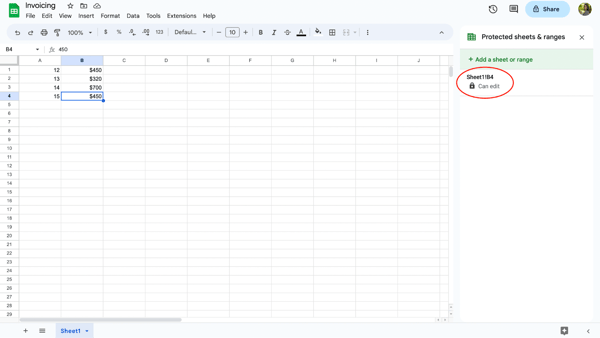
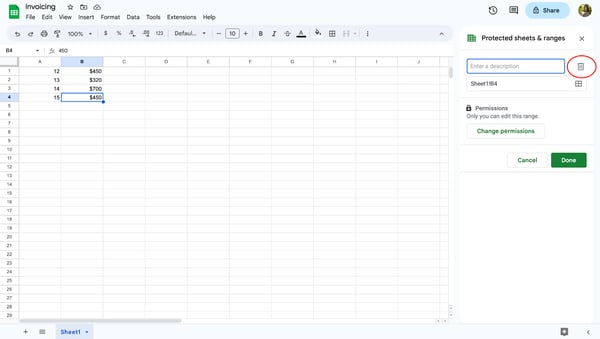
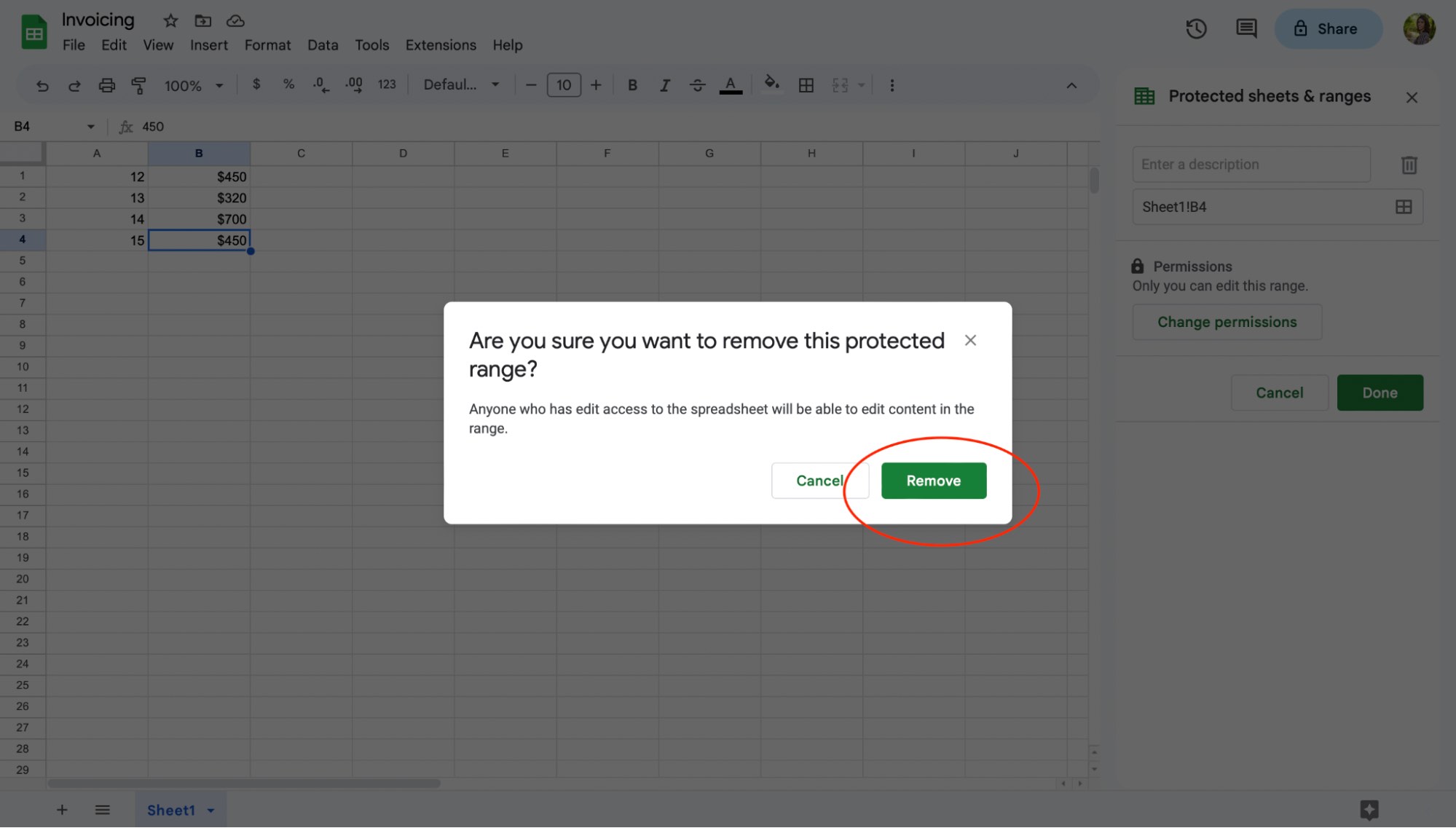
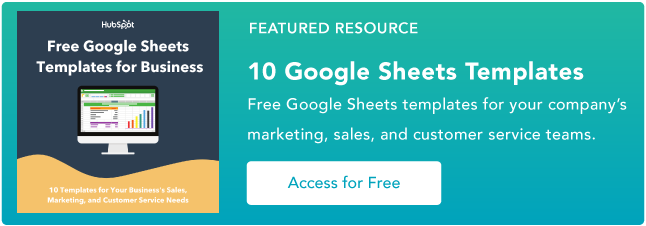
![Download Now: Free Marketing Plan Template [Get Your Copy]](https://i4lead.com/wp-content/uploads/2023/05/aacfe6c7-71e6-4f49-979f-76099062afa0-1.png)
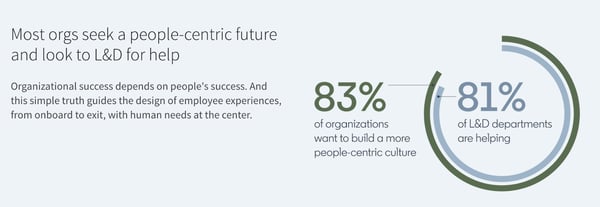
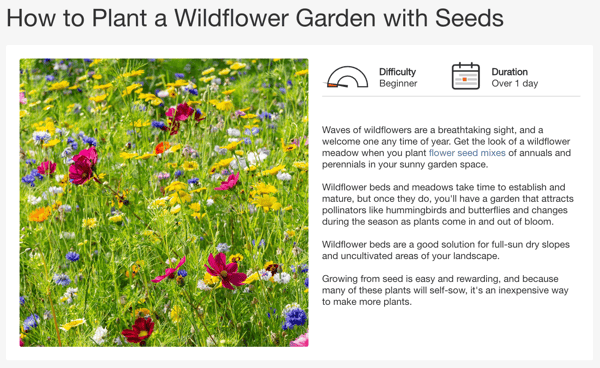
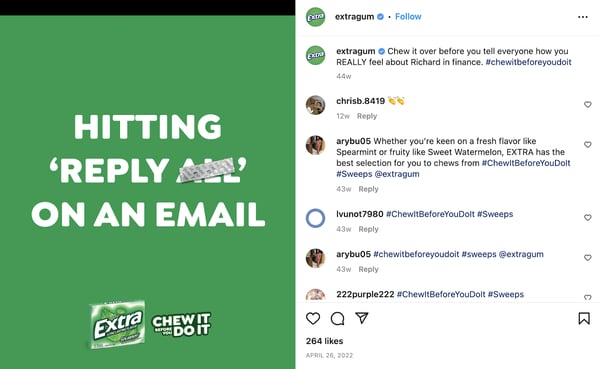
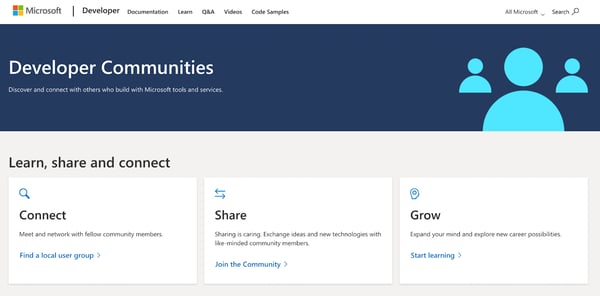

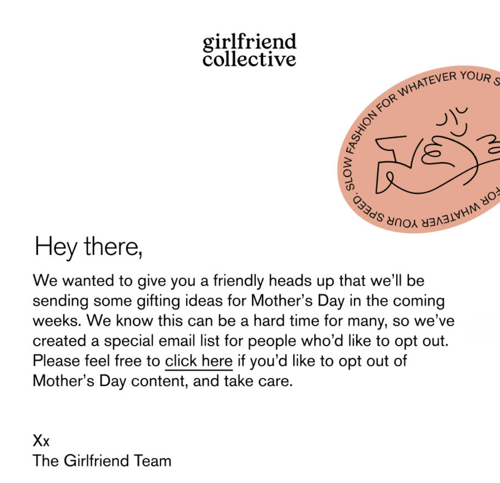
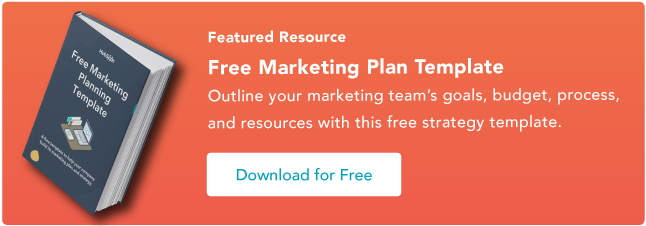


![Free Guide: How to Use AI in Content Marketing [Download Now]](https://i4lead.com/wp-content/uploads/2023/05/3e25e192-30c3-40c1-a7da-a4d054c9e157-14.png)

![Free Guide: How to Use AI in Content Marketing [Download Now]](https://i4lead.com/wp-content/uploads/2023/05/3e25e192-30c3-40c1-a7da-a4d054c9e157-13.png)

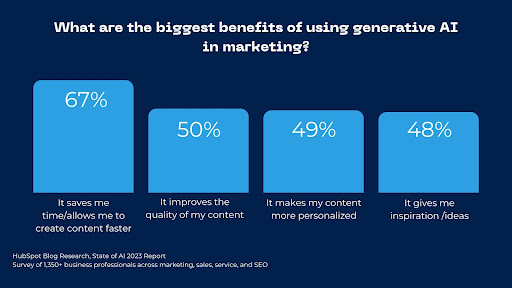
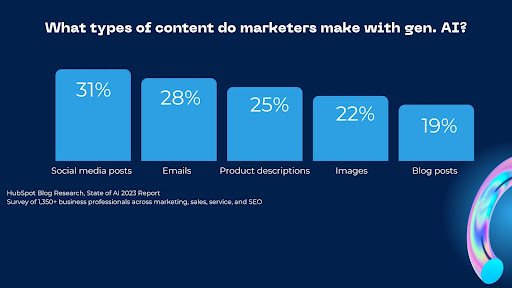
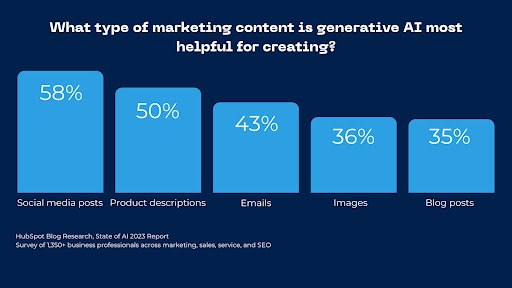
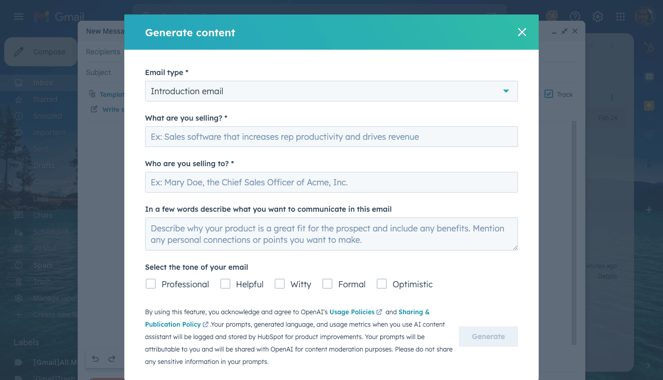
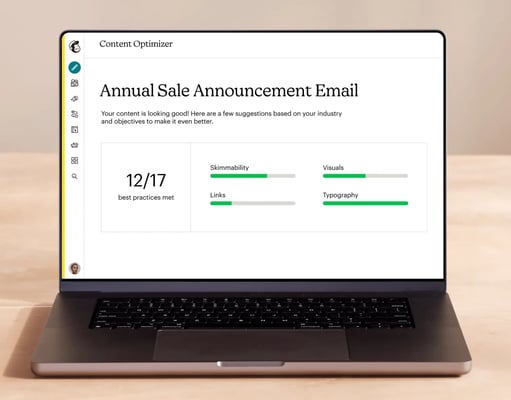
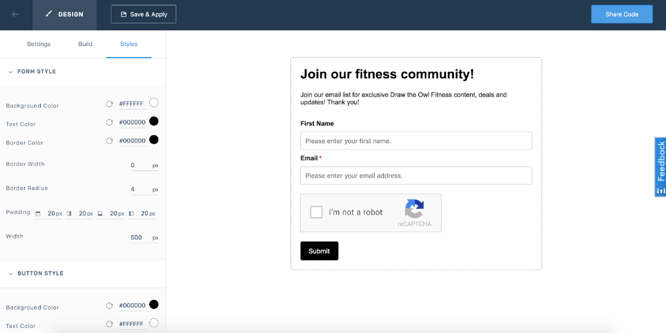
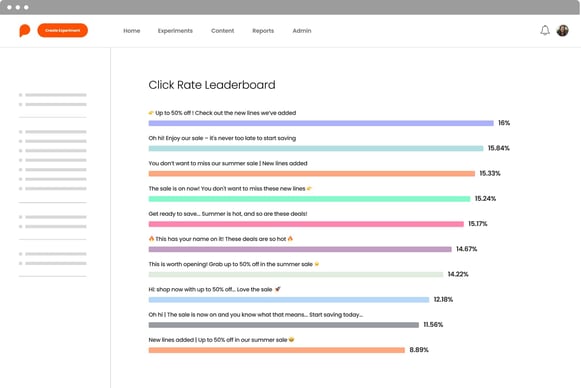
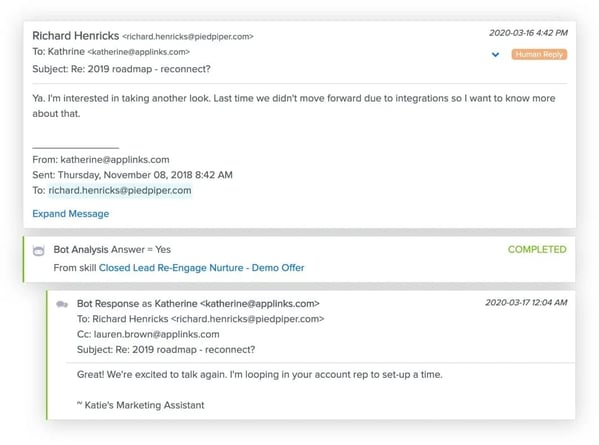
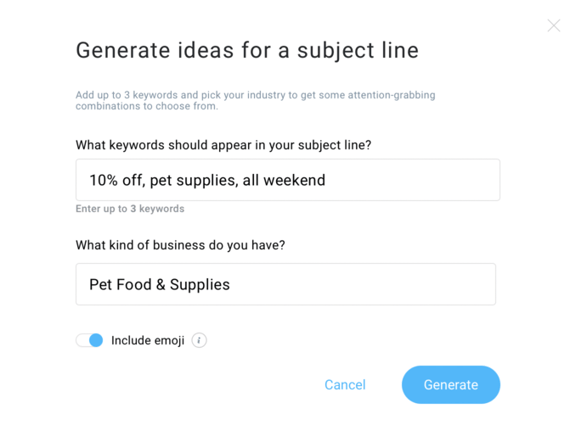
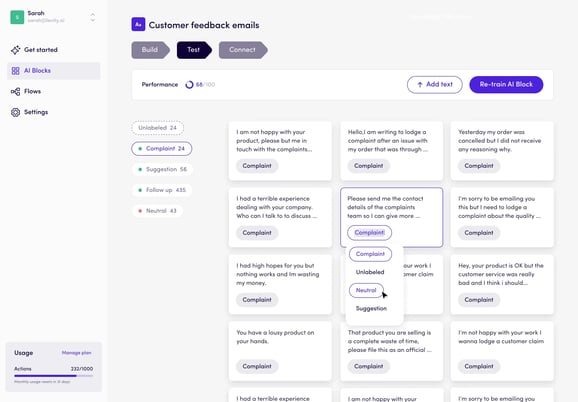
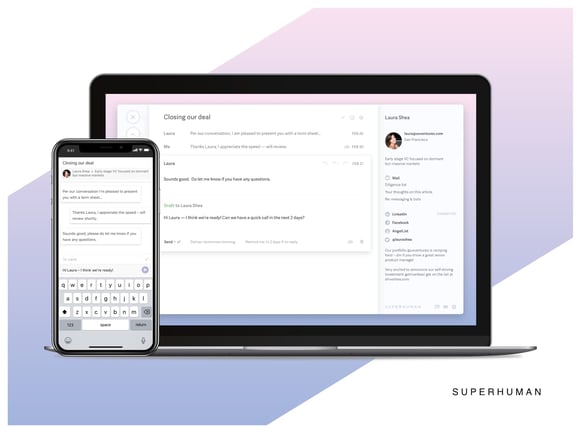
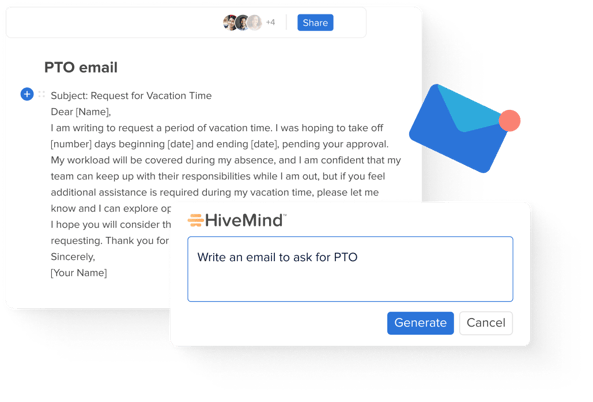
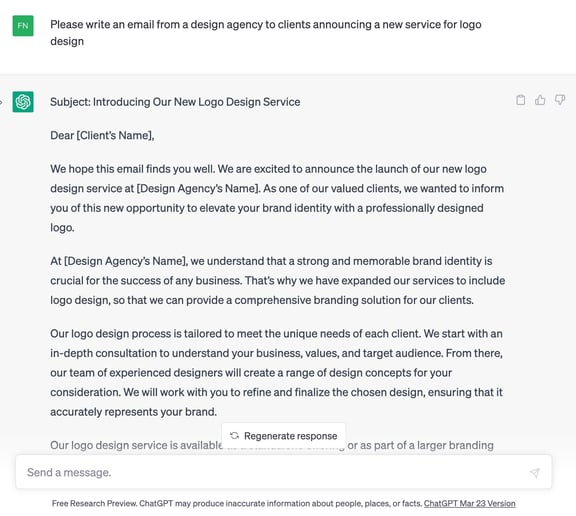
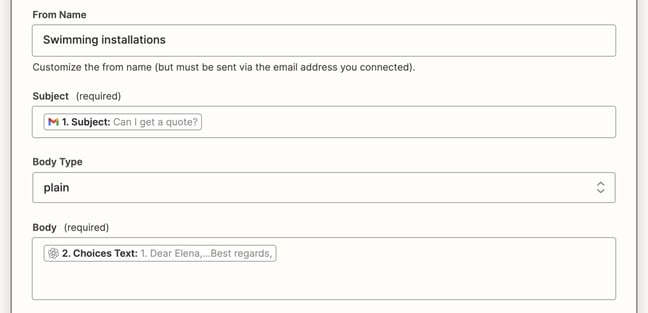
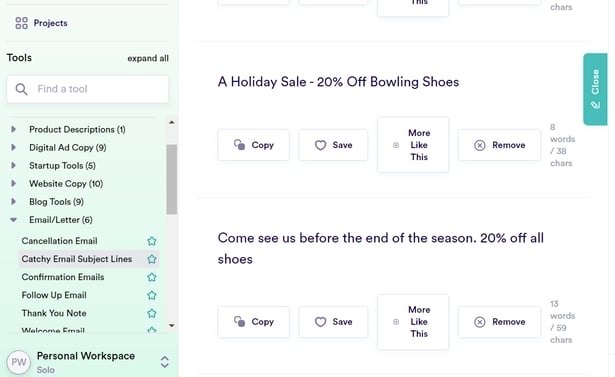
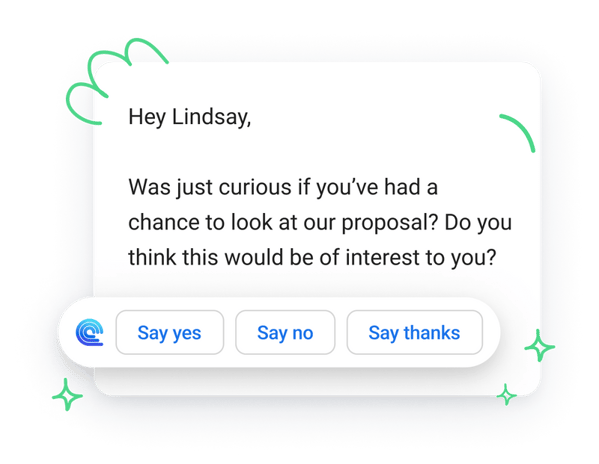

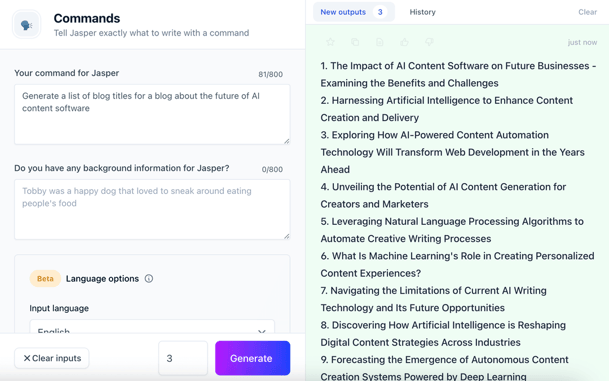

![Free Ebook: The Marketer's Guide to TikTok for Business [Download Now]](https://i4lead.com/wp-content/uploads/2023/05/2c7242e4-ad54-4f63-8627-a15aa6a2ea50.png)


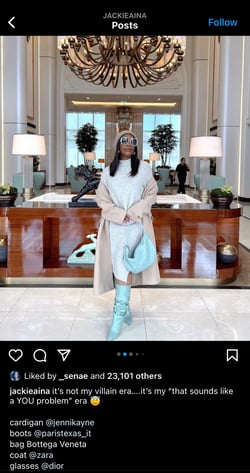
.jpg?width=600&height=314&name=Copy of Facebook Shared Link - 1200x628 - Percentage Copy - Dark (4).jpg) Furthermore, most marketers surveyed (30%) said Instagram is the platform they get the most significant ROI when working with influencers and creators. However, that doesn’t mean Instagram is the right choice for everyone — mainly if your ideal audience doesn’t spend much time on that platform.
Furthermore, most marketers surveyed (30%) said Instagram is the platform they get the most significant ROI when working with influencers and creators. However, that doesn’t mean Instagram is the right choice for everyone — mainly if your ideal audience doesn’t spend much time on that platform.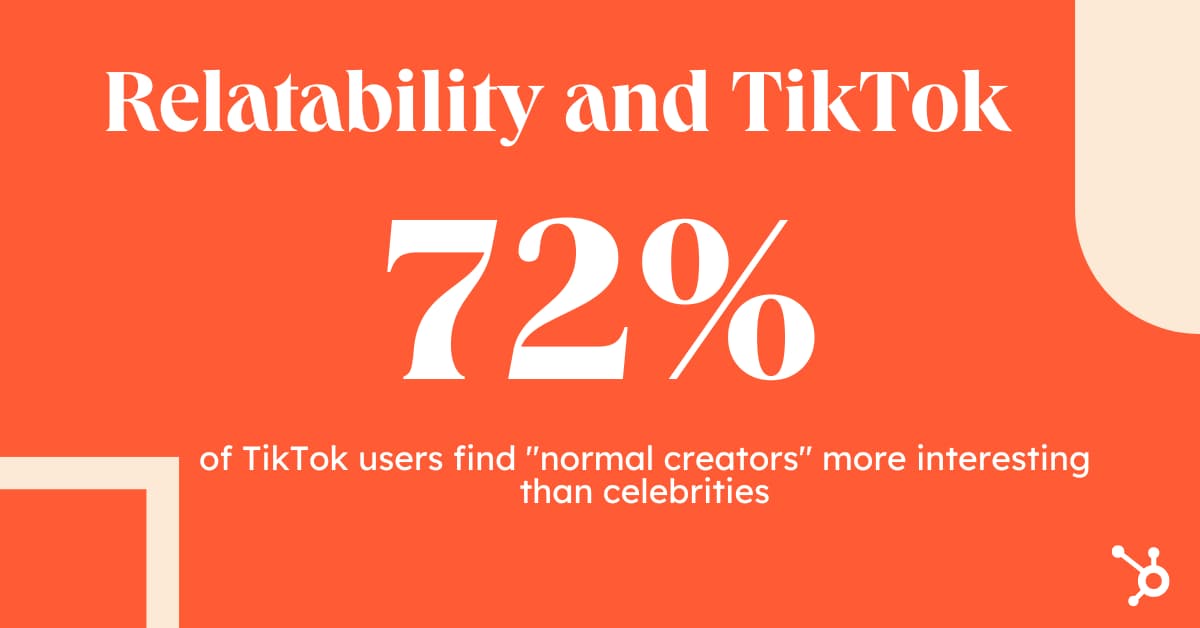
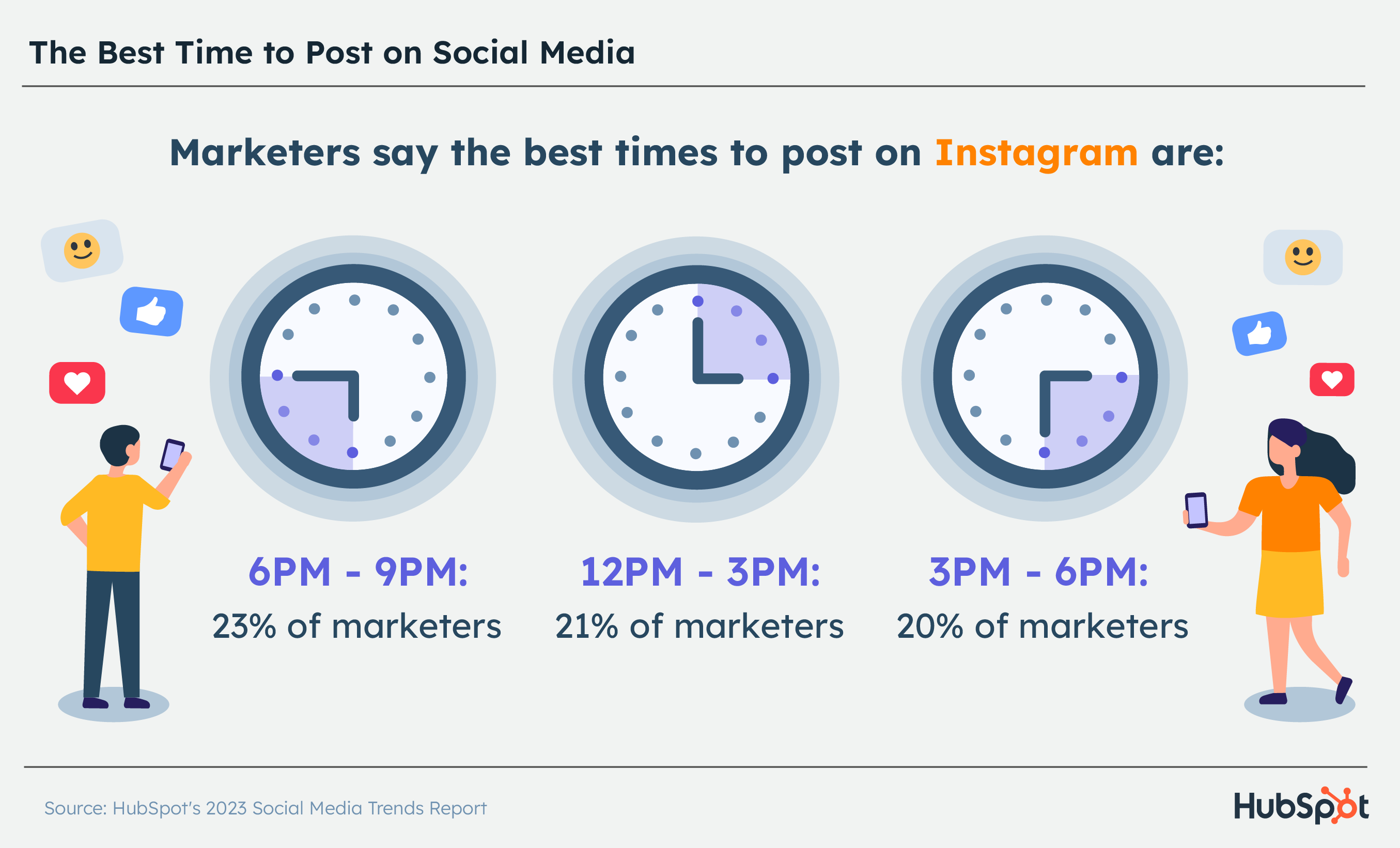
.png?width=1200&height=628&name=Copy of Facebook Shared Link - 1200x628 - Percentage Copy - Dark (5).png)
